COVID Lockdown Update: America’s Restaurants Are Being Decimated
DS, a friend, is the CEO of a substantial restaurant chain. We’ve been talking about the extreme challenges that her industry has been facing since the COVID lockdown began.
Between the near-hysterical fear promoted by the uninformed but opportunistic mainstream media and the hyper-zealous “stay at home” response from federal, state, and local governments, the restaurant industry has suffered enormous losses. In 2020 alone, more than 110,000 restaurants had been shuttered (about 80,000 of that number for good), erasing 2.5 million jobs and accounting for $240 billion in lost revenue.
In the last few months, thanks to widespread vaccinations and the fact that tens of millions of Americans have survived COVID and acquired natural immunity, our country is at or close to herd immunity. And that means fewer cases and many fewer deaths.
People – even anti-vax fanatics – grok that, and are returning to restaurants. But many of those restaurants are struggling mightily to find employees to service the returning customers. As DS, says, “despite higher base wages and thousand-dollar signing bonuses, it’s still nearly impossible to find people willing to come into work.”
You might think the larger restaurant chains would be doing better. And in late 2019 and 2020, they did. But this year, the hardest hit segment of the industry is chains with between 51 and 100 units.
I did a bit of research on this and was surprised by how many chains that I am familiar with are filing for bankruptcies and closing units permanently. To wit:
TGI Fridays
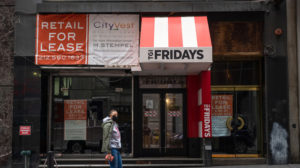
The chain closed 34 units in 2019 and predicted it would close another 20% of its 386 units by the end of 2020. Thanks to success with delivery and curbside service, they closed fewer units than anticipated, but still expect to close between 10% and 20% globally.
P.F. Chang’s
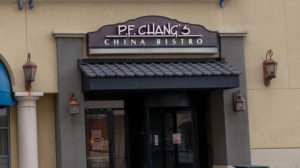
In March 2020, P.F. Chang’s had its credit rating downgraded, largely due to the impact of the coronavirus outbreak. It was, by then, $675 million in debt. A month later, it permanently shuttered a location in New York, laying off more than 100 people, and then in May, did the same to a restaurant in Maryland. In September, the company announced it would be extending temporary layoffs of thousands of employees.
Luby’s

The buffet chain with a legacy that spans more than seven decades announced in 2020 that it was looking to sell off all assets and liquidate the company due to the devastating effect of the pandemic. It planned to shut down officially in August 2021, but 32 of its Texas locations have been saved by a buyout deal with Chicago-based Calvin Gin.

As a part of Luby’s, Fuddruckers’ solely owned properties will be gone, and many of its franchises will be sold. But some – as many as 30, perhaps – will remain in business at least until the end of 2021.

As a whole, fast food and pizza chains have done relatively well during the pandemic. But California Pizza Kitchen, which had been centered on a sit-down model, filed for Chapter 11 bankruptcy in July 2020. It emerged from bankruptcy in November – but how many stores will survive its financial restructuring is anyone’s guess.
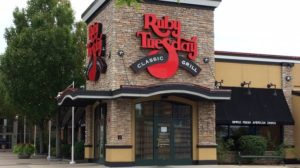
Ruby Tuesday has been in decline for about 10 years. The pandemic accelerated that greatly, with 150 locations closed at least temporarily. The company filed for bankruptcy in October 2020 – and after shedding its liabilities (including most of those “temporarily closed” locations), emerged five months later, saying that it would be focusing on developing its “delivery-only” brands.
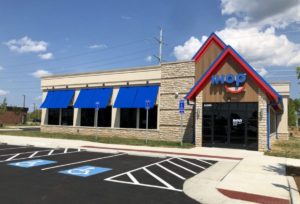
After more than 60 years in business, IHOP is facing a troubling future. While many chain restaurants have struggled, IHOP and the rest of the breakfast segment have been hit particularly hard. The takeout and delivery options that have helped keep other eateries afloat during the pandemic have not caught on in the breakfast market.
IHOP closed down 16 locations in the third quarter of 2020 as sales dropped by 30%. It plans to close another 100 or so locations over the next six months.
Applebee’s
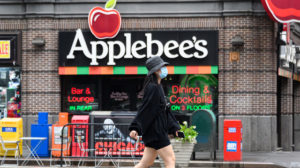
Applebee’s closed 20 stores in the last quarter of 2019, and another 15 during the final quarter of 2020. And though the company announced plans to open dozens of new locations, it also said that dozens more could close throughout the current fiscal year.

Denny’s

Chuck E. Cheese’s
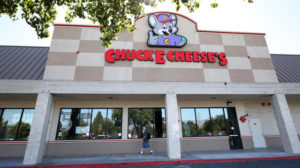
Chuck E. Cheese’s filed for Chapter 11 protection in June 2020. At the time, with more than 600 locations, it was the largest restaurant company to do so in the wake of the pandemic. It exited bankruptcy after restructuring and paying off more than $750 million in debt.
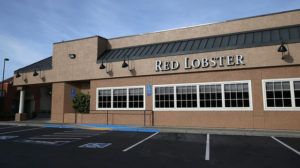
Rumors of Red Lobster’s demise go back to at least 2013. But what the chain is facing now is more than just speculation. In August 2020, the chain hired an advisory firm to help explore options moving forward. That same month, Red Lobster admitted that it would need to close some of its more than 700 restaurants.
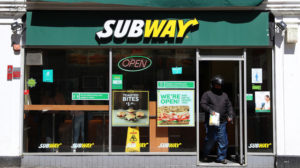
After more than five decades in operation, as sales stagnated and costs increased for labor, food, and technology, Subway closed more than 2000 locations in 2020. Subway still has 41,600 locations in the world, so it may survive, but the current trend is not good.
